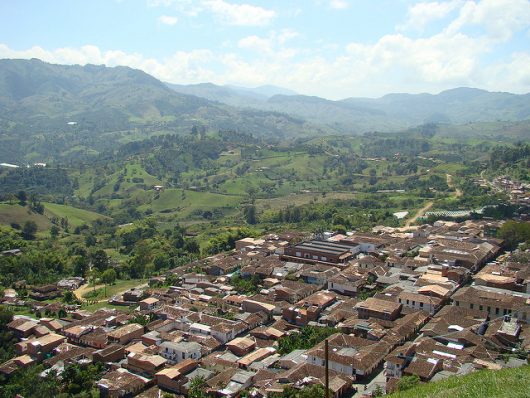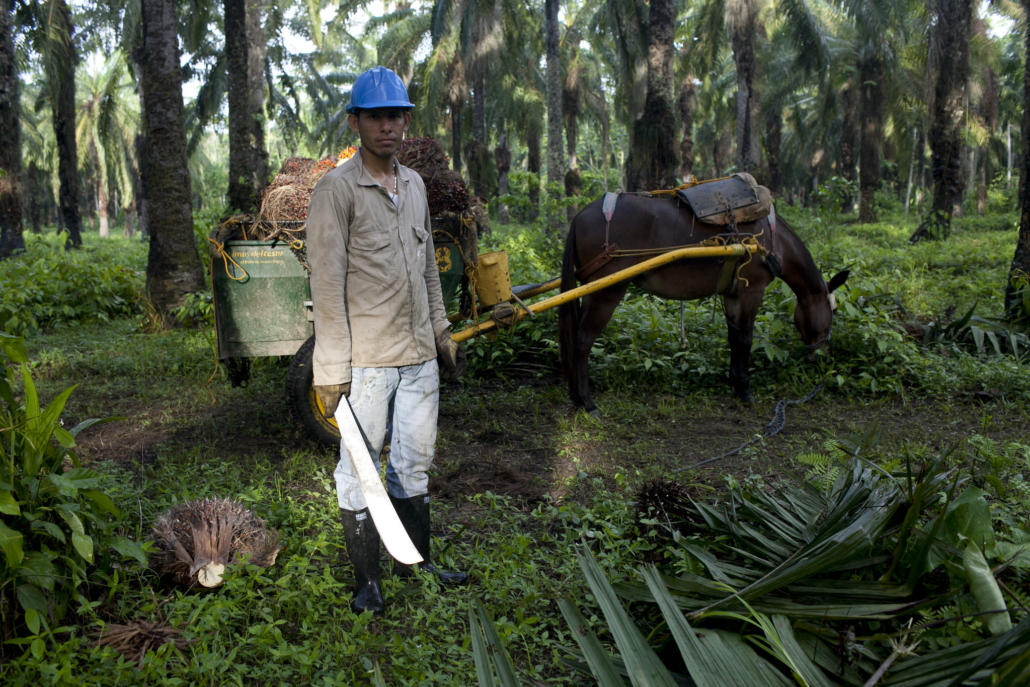 To understand the complexity of U.S. foreign aid to Colombia, it is necessary to examine the current state of the country’s internal conflict. U.S. aid to Colombia has historically focused on combating the drug trade in Buenaventura, as evidenced by initiatives like Plan Colombia. The relationship between poverty, illicit markets and paramilitary groups in Colombia complicates the lives of individuals living in impoverished areas, often forcing them to turn to coca farming and drug trafficking as a means of survival.
To understand the complexity of U.S. foreign aid to Colombia, it is necessary to examine the current state of the country’s internal conflict. U.S. aid to Colombia has historically focused on combating the drug trade in Buenaventura, as evidenced by initiatives like Plan Colombia. The relationship between poverty, illicit markets and paramilitary groups in Colombia complicates the lives of individuals living in impoverished areas, often forcing them to turn to coca farming and drug trafficking as a means of survival.
“I was raised in Medellín,” said Luis Arango, who did social research in Buenaventura with the University of Antioquia, in an interview with The Borgen Project. “Medellín in the 1980s was the most violent city in the world, so I can understand how drug trafficking links with minorities living in poverty areas. They become part of the business, not because they want to, but because it is one of the only possibilities of making money.”
Considering the role of the drug trade in the country’s internal conflict, recent U.S. foreign aid to Colombia has centered largely around prohibition – for better or for worse. Here is a summary of the role of the drug trade in Colombia’s internal conflict and how it relates to U.S. aid and its prospects.
Internal Conflict in Colombia
A nuanced relationship between the illicit drug trade, paramilitary groups and poverty punctuates the country’s internal conflict. To begin, Colombia is the world’s largest cocaine producer and the port of Buenaventura handles 60% of its imports and exports – from coffee to gold to drugs.
Buenaventura’s port generates $1.8 billion annually in customs tax revenue, but the surrounding regions see little of it. For many, the only viable way to earn a living wage is by working in drug trafficking, as the area has experienced significant poverty. For example, 80% of Buenaventura’s population lived below the nation’s poverty line in 2003, compared to 39.3% nationally. There is also rural dependency on cocoa farming for survival. Outside the port city, in the Andes Mountains, cheap labor continues. In 2021, the UNODC reported that coca cultivation reached a historical high, and 52% of farming is located in special management zones where it threatens preservation of biological and cultural diversity.
Further, numerous armed groups, including the Revolutionary Armed Forces of Colombia (FARC), fund themselves on illegal economies such as drug trafficking.
History of US Aid to Colombia
The U.S. has provided aid to Colombia since 1822, when the country gained independence from Spain. In recent years, U.S. aid has focused on promoting peace in the country, the U.S. Department of State reports. According to the U.S. Embassy in Colombia, “Since 2016, the United States has provided more than one billion dollars in direct and indirect support to Colombia’s peace implementation – the largest contribution of any international actor.”
To promote peace, foreign aid to Colombia has focused on combating points of internal conflict such as paramilitary groups and the illicit drug markets that fuel them. According to the U.S. Department of State, “The U.S. government supports Colombian peace efforts by working in conflict-affected rural areas of Colombia where violence, drug trafficking, limited state presence and the absence of licit economic opportunities historically converge.”
In 2000, the U.S. initiated Plan Colombia, allocating $10 billion for cartel combat through crop eradication. Initial aerial fumigation was halted due to carcinogenic concerns by the World Health Organization (WHO). Presently, Washington and Bogotá fund eradication by hand. The National Police aims to eradicate 20,000 hectares in 2023, 60% less than the unmet 2022 objective. Previous plans to dismantle the drug trade have not been as effective as anticipated.
Current Updates and Prospects
International partners have initiated projects to improve the socioeconomic position of farmers. The Colombian Government, UNODC and international partners began a project that aims to increase income for farmers by supporting their sale of legal products such as coffee, honey, coconuts and beans to make them more competitive in domestic and international markets.
The World Bank also ratified its support for Colombia through a $750 million financing of the Program for the Development of Equitable and Sustainable Policies. This was “in recognition of the country’s efforts to overcome the injustices and exclusion that have generated high levels of inequality and to advance the peace process in the country,” according to a 2023 press release from the World Bank.
Luis Arango considers more alternative approaches to prohibition, with a focus on alleviating poverty in Buenaventura through legalization and regulation, youth art initiatives and new financial incentives for farmers. “It will be interesting to see if there’s some kind of support for the people who are trying to have another answer,” Arango says. Meanwhile, the notable shift in focus on increasing income for farmers of Buenaventura presents a promising example of a sustainable resolution to drug-related poverty in Colombia.
– Sheridan Smith
Sheridan is based in New York, NY, USA and focuses on Business and New Markets for The Borgen Project.
Photo: Flickr

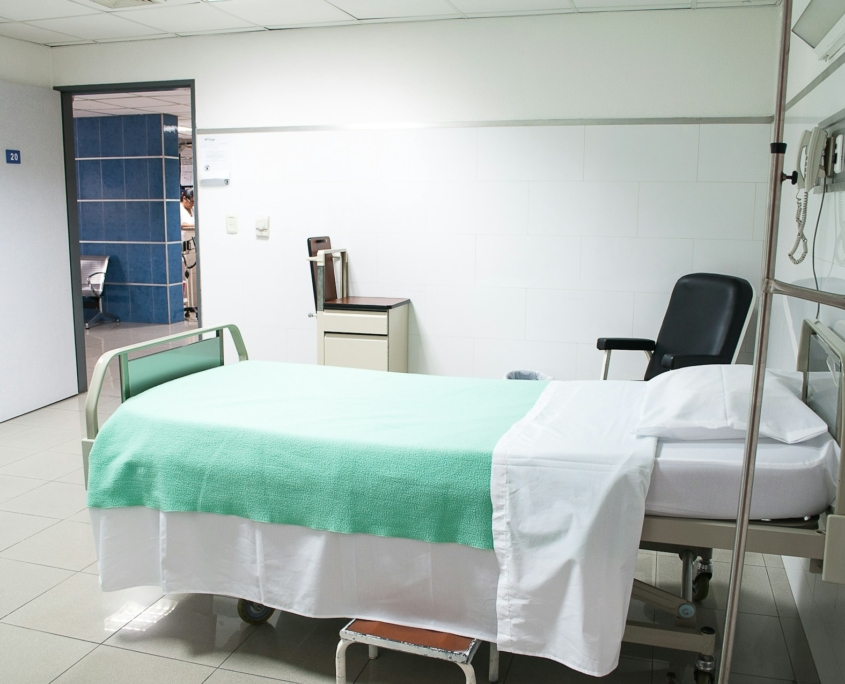 The nation of Colombia operates a mixed public-private health care system that
The nation of Colombia operates a mixed public-private health care system that  In many ways, one can view Colombia as a Latin American success story. For a country with as painful and violent a history as any in the region, its journey to relative political stability in the last two decades has been remarkable. There are several charities operating in Colombia that have affected change. However, poverty in the country, especially in its urban centers, is still widespread – a symptom of the country’s history of
In many ways, one can view Colombia as a Latin American success story. For a country with as painful and violent a history as any in the region, its journey to relative political stability in the last two decades has been remarkable. There are several charities operating in Colombia that have affected change. However, poverty in the country, especially in its urban centers, is still widespread – a symptom of the country’s history of 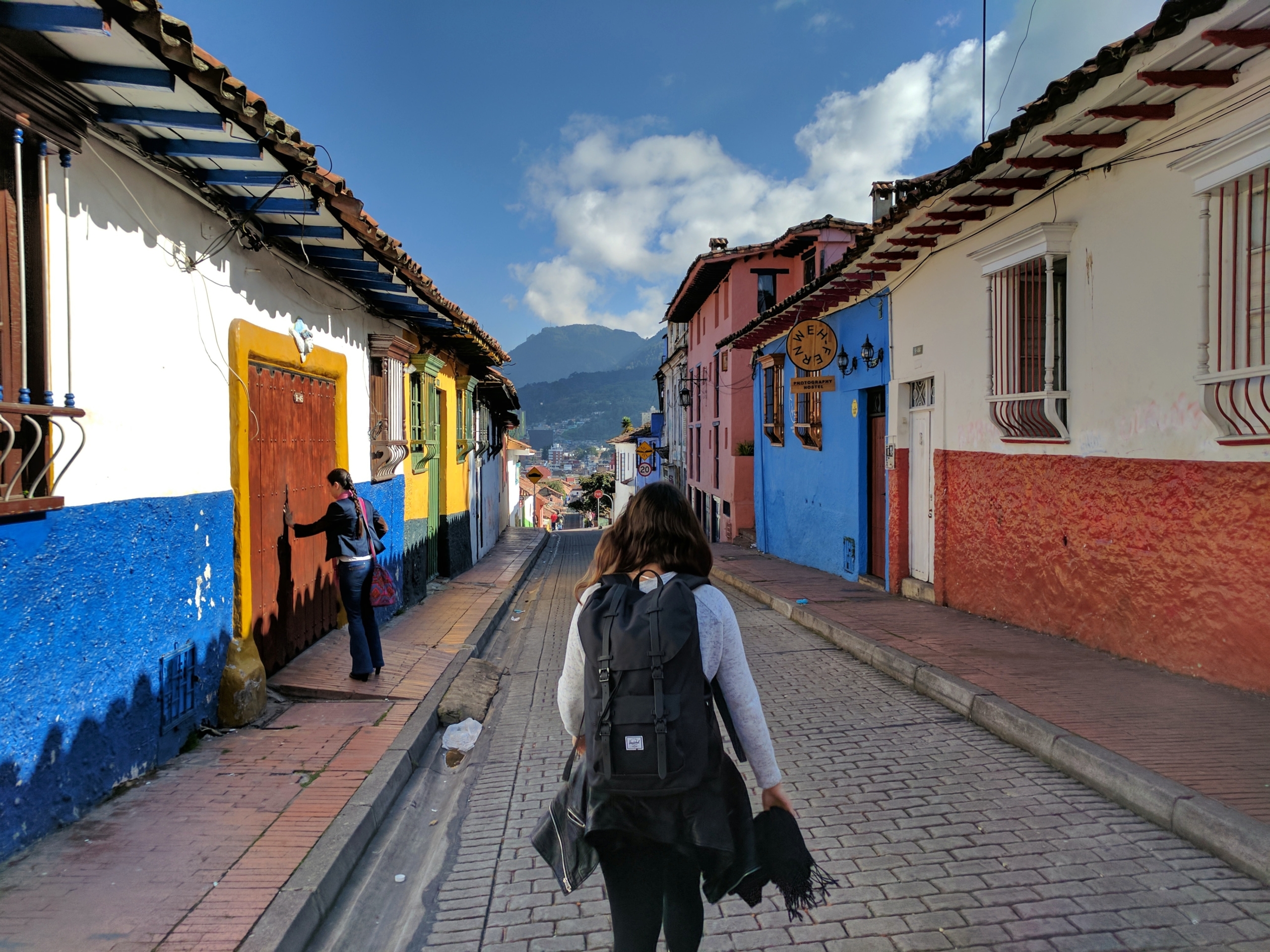
 Under the rich culture and lush landscapes of Colombia lies a bitter reality, a complex and stretched array of working children throughout the country.
Under the rich culture and lush landscapes of Colombia lies a bitter reality, a complex and stretched array of working children throughout the country.  A geographically and economically diverse country, Colombia experiences a high poverty rate, with around
A geographically and economically diverse country, Colombia experiences a high poverty rate, with around 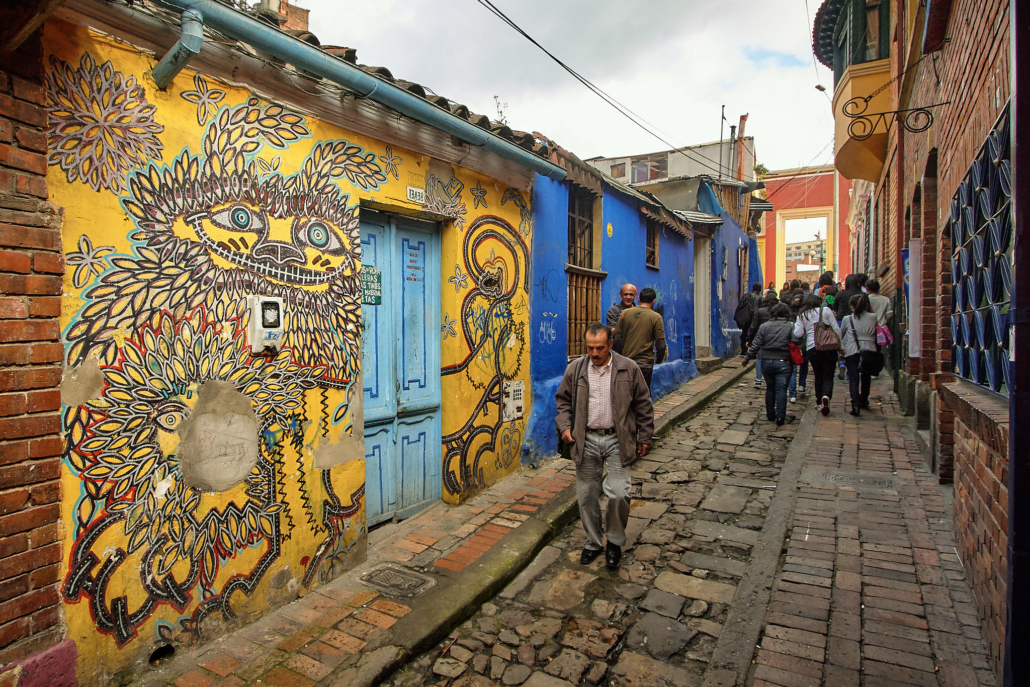
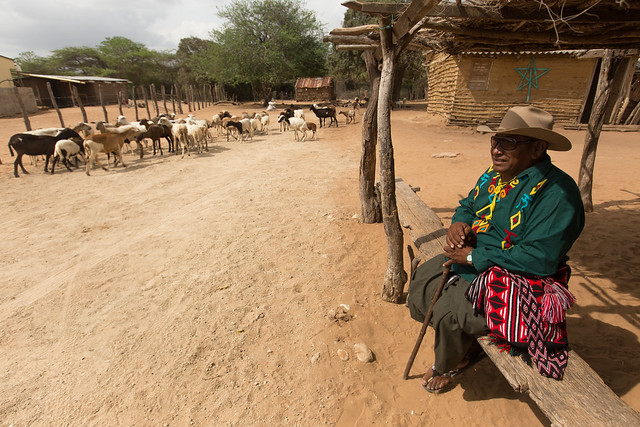
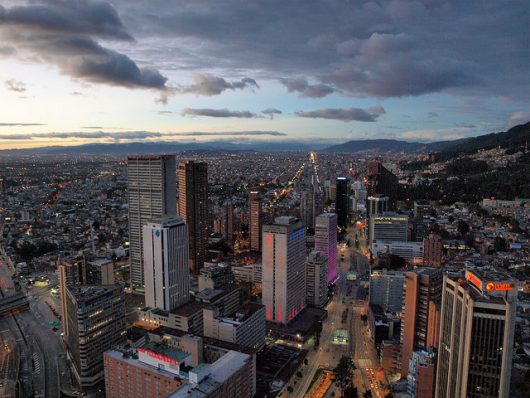 Ever since the rise of drug lord Pablo Escobar in the 1980s,
Ever since the rise of drug lord Pablo Escobar in the 1980s, 